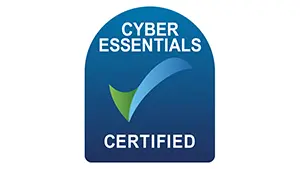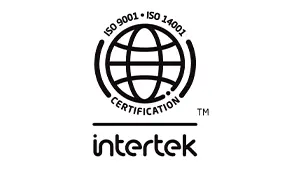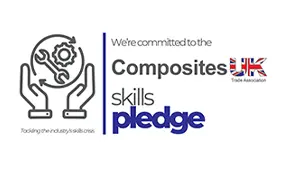defence composites
Advanced Military Applications
Mission-Critical Expertise & Equipment
Our extensive expertise in military defence composites has led us to develop groundbreaking products ranging from run-flat tyres and ballistic armour to blast-proof structures and helmets. Engineered to endure extreme temperatures and severe conditions, our solutions are crafted for maximum impact resistance using materials that are not only lightweight but also corrosion-resistant.
While confidentiality agreements prevent us from disclosing specific manufacturing processes, our proven track record positions us at the forefront of innovation in the military sector. Our extensive experience extends beyond military applications, encompassing high-performance composite challenges in aerospace, wind power, marine, and high-performance automotive industries.
No matter the complexity of your needs, our world-class composite manufacturing capabilities and state-of-the-art CIJECT® machinery position us as your ideal partner in advancing military technologies.
Direct Infusion: A Better Way
Many military manufacturers are still using hand-lay or pre-preg techniques to produce composite parts that are lightweight, corrosion-resistant, and able to withstand high temperatures and harsh conditions. However, there’s a better way.
We’ve spent over two decades perfecting our Direct Infusion technology, a significant advancement in military manufacturing.
The Direct Infusion method ensures uniform resin distribution, which is crucial for achieving top performance and structural integrity with minimal voids.
Our process guarantees that parts consistently meet rigorous standards, maintaining high quality even as production rates increase. Our CIJECT® equipment enables faster cycle times and higher throughput without compromising on quality.
This makes Direct Infusion an ideal choice for military manufacturers looking to improve performance, efficiency, and output.
Why Choose CIJECT Machines for Defence Composites Manufacturing?
Advanced Automation and Precision Control
Reliable Operation
Our CIJECT® machines are designed to maintain consistent material handling, which is essential for sustaining uninterrupted production quality.
Sustainable and Efficient Manufacturing
Lightweight Yet Durable Components
Achieve superior strength-to-weight ratios with precise control over material composition.
Adaptable and Scalable Solutions
Our CIJECT® machines can be customised to various sizes and complexities, ensuring seamless integration into your existing production lines.
User-Friendly Software
Intuitive interfaces and easy-to-use software simplify machinery operation, making it accessible to all levels of technical expertise.
Comprehensive Data
We provide detailed commercial, performance, and legal documentation to support your decision-making process.
Support for
Your Mission
We don’t just sell equipment; we go the extra mile. From R&D and rapid prototyping to onsite installation and ongoing guidance, we are here with you and your team, supporting you in achieving your objectives.
Share Your
Challenge with Us
Ready to transform your military manufacturing? Talk to our team to get started.



